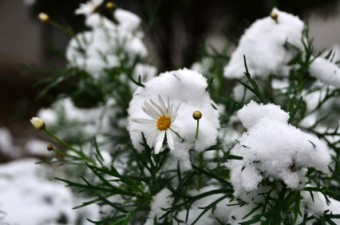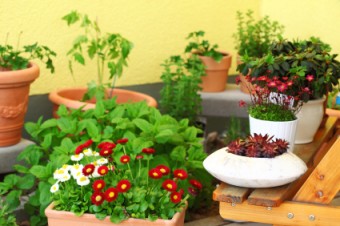Apartment living brought about several changes in our lifestyle and this can be particularly noticed through the disappearance of green lively environment around our adobe. But still we got ways to get back the lost greenery, and it is through the use of containers that can support varieties of indoor plants. One such lovely and rewarding variety making its presence worth indoors is the citrus variety, ‘Meyer Lemon’. It is the result of a cross between oranges and lemons, and so possesses both their striking characters.
This dwarf variety, or indoor lemon, is tolerant towards container culture and has incredibly sweet smelling blossoms. Meyer lemons can grace the corners, backyards and other areas with their miniature size and colourful aura.
These plants can be used as tropical decorations and the ambiance of an area can be braced with the sweet scent of the waxy white lovely blossoms, and their small edible fruits.
Developing a Dwarf Meyer Lemon
This best suited indoor lemon variety can be purchased from any Bonsai nurseries or through mail orders. The Meyer variety of lemon is harder and produces medium sized juicy lemons. Keep a track of the following in order to get a healthy indoor lemon.
During Purchase:
One should look for a two to three years old Meyer variety from any Bonsai nursery, or get a bare stock of the lemon variety in a container.
The Right Container:
Choose at least a 15 gallon container with proper drainage holes. Place some pebbles at the bottom of the container and use slightly acidic loam, mixed with organic compost, in a ratio of 5:1:1. Also gritty mix is recommended. It can also include ingredients like expanded shale, gypsum, leaf mould, or pine bark with coarse sand and peat moss.
Holes of the container can also be covered with mesh to keep the plant root system away from pests, and mites, infecting citrus varieties.
Planting:
Check with the bonsai brought from nursery for any damages or pest attacks. If you find any carefully remove them off. Now fill the container with some prepared clay and then center the pruned plant. Refill the remaining part of the container with clay just by leaving one third of an inch to the top.






